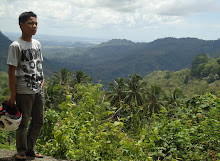The first recorded attempt at building a digital camera was in
1975 by Steven Sasson, an engineer at Eastman Kodak. It used the then-new solid-state CCD
image sensor chips developed by Fairchild Semiconductor in 1973. The camera
weighed 8 pounds (3.6 kg), recorded black and white images to a cassette
tape, had a resolution of 0.01 megapixels (10,000 pixels), and took 23
seconds to capture its first image in December 1975. The prototype camera was a
technical exercise, not intended for production. The first true digital camera
that recorded images as a computerized file was likely the Fuji DS-1P of 1988,
which recorded to a 16 MB internal memory card that used a battery to keep
the data in memory. This camera was never marketed in the United States, and
has not been confirmed to have shipped even in Japan.
The first commercially available digital camera was the 1990 Dycam
Model 1; it also sold as the Logitech Fotoman. It used a CCD image sensor,
stored pictures digitally, and connected directly to a computer for download.
The first flyby spacecraft image of Mars was taken from Mariner 4
on July 15, 1965 with a camera system designed by NASA/JPL. It used a video
camera followed by a digitizer, rather than a mosaic of sensor elements, so it
was not what we usually define as a digital camera, but it produced a digital
image that was stored on tape for later slow transmission back to earth.



0 komentar:
Posting Komentar